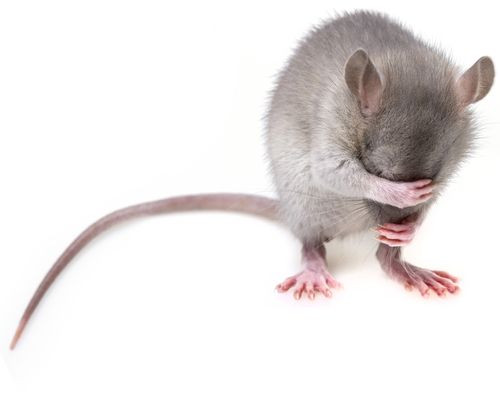Unraveling Pheromones: Chemical Signals Can Trigger A Variety Of Learned Responses For Marking Territory

In the wild, male mice mark their territory with urine splashes that serve to advertise their presence to all the attractive lady mice while simultaneously scaring off competitors. Marking works, in part, due to pheromones — the chemical signals that communicate information between individuals of the same species. A new study conducted by scientists of the Scripps Research Institute has found that marking is a more versatile code than previously imagined; these chemical cues, in fact, trigger a whole variety of learned behaviors critical for both survival and reproduction. “How does an individual respond differently to the environment based on experience?” asked Lisa Stowers, senior author and associate professor, in a press release. “How does it distinguish itself from others?” She and her co-authors answer these questions in a study published Thursday in Cell.
Chemical Reactions
Until now, scientists have believed that pheromones trigger behavior directly and simply. One chemical, it was thought, triggered one behavior and each of these actions, critical for survival and reproduction though they may be, was a matter of instinct. Wanting to understand these chemical signals more precisely, Stowers and her research team began by examining mouse urine and dwelling on a special set of 21 molecules known as the Major Urinary Proteins (MUPs). MUPs are produced by adult males and are linked to testosterone production and contribute to the scent of pheromones. In fact, each male mouse expresses his unique identity through a distinctive combination of several MUPs in different ratios.
Importantly, MUPs are not detected by the main olfactory system, instead they are detected by vomeronasal sensory neurons (VSN). In mice and other mammals — though not so much in humans — the vomeronasal organ (VNO) is located at the front of the nose and is mainly used to detect pheromones. VSNs, in contrast to main olfactory neurons, are capable of detecting highly specific chemical combinations. This means, then, a unique brain receptor has evolved for each chemical signal.
To learn more about this process of chemical signaling through urine marks, Stowers and her team exposed mice to single and combined MUPs and found that male mice recognize their own chemical code and can distinguish it from the urine marks of other mice. However, marking territory also includes a behavior known as countermarking, which occurs whenever a mouse encounters a urine mark made by another mouse. In response, he often leaves his own stain as if to say, "Not yours, this is my territory."
What the researchers discovered through further testing was that mice not only detect the pheromones of competitors, but they also can detect the distinct scent of a dominant mouse. In such cases, a subordinate mouse will quietly scamper away without leaving the challenge of a countermark. This proves that mice learn to associate MUPs with different mice and understand which belongs to a dominant rodent. This response also shows that the VNO is capable of activating behaviors that are much more complex and versatile and less hardwired than previously thought. A small number of cueing molecules, working through a small set of neurons, flexibly control several distinct behaviors that are also basic elements of the human experience.
"Now that we know these signaling molecules, and the neurons and the behaviors they activate, we can start to follow the circuits into the brain to explore how these behaviors come about," Stowers said. "The implications of these coding schemes go beyond the VNO — we suspect that they are used generally by the mammalian brain." If so, the same truths might hold for mice and men.
Source: Stowers L, Ackels T, Cichy A, Kateri M, Spehr M. Murine Pheromone Proteins Constitute a Context-Dependent Combinatorial Code Governing Multiple Social Behaviors. Cell. 2014.



























